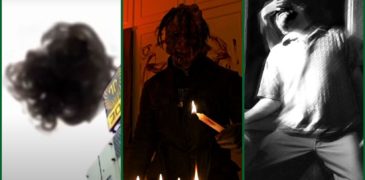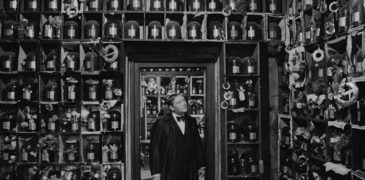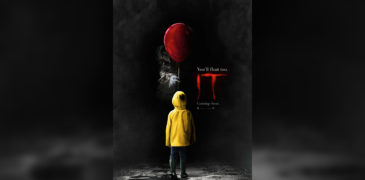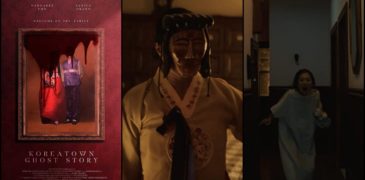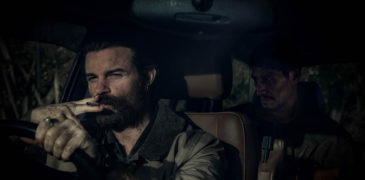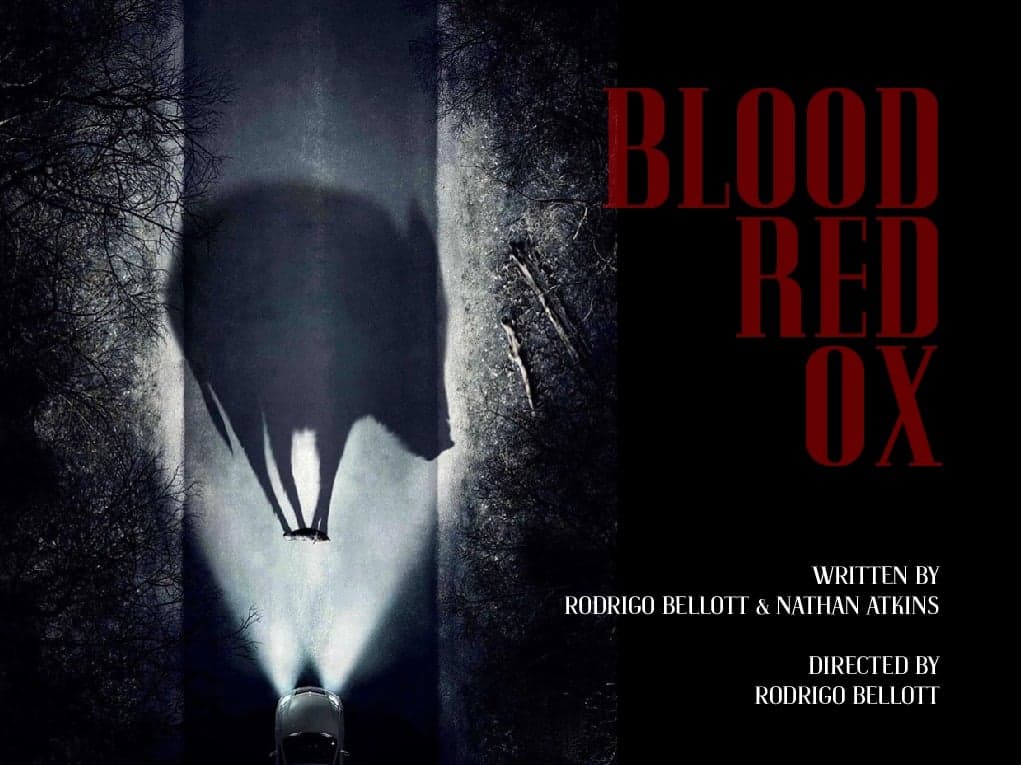
Blood-Red Ox (2021) is an ambitious attempt to capture the spirit of classic Italian horror cinema, and a bold step forward for the visibility of queer men in South American culture. But does it live up to the standards it aims to hit?
Co-written by Nate Atkins and Rodrigo Bellott, who’s also the director – and best known for directing and co-writing two of Bolivia’s Academy Award entries, LGBT dramas Sexual Dependence and Tu Me Manques – the film is a foray into horror filmmaking that looks great but fails to scare.
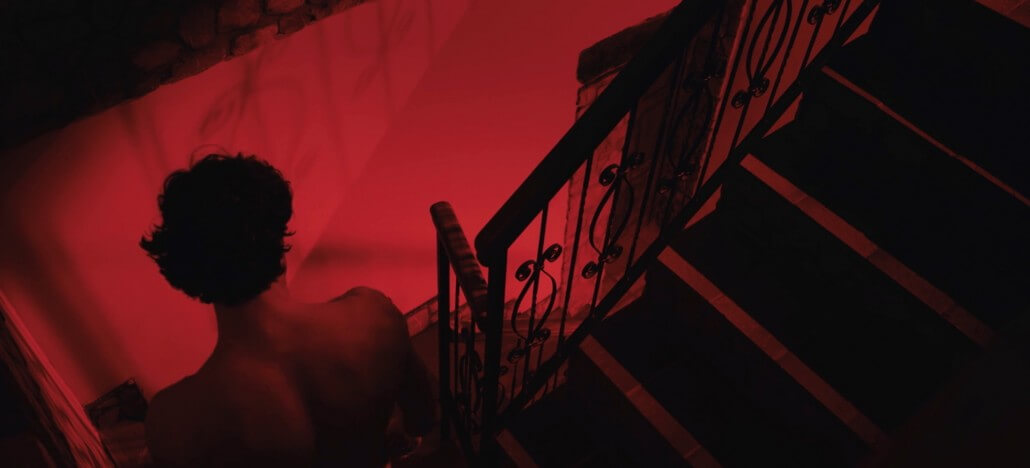
Bellott was inspired by the psychological horrors of directors like Ingmar Bergman, Dario Argento and Roman Polanski; geniuses of the genre in the ’70s and ’80s, and it shows in the neatly shot dream sequences and prolific use of colour as a signifier of mental state.
In Blood-Red Ox, Amir and Amat arrive in Bolivia to visit with Amir’s old friend Amancaya, a slightly judgemental blues singer who’s seemingly worshipped by the village, and her intense but enthusiastic eco-warrior brother. Amir is ostensibly there to write an article about the people’s fight against corporate greed and sabotage, but also wants his boyfriend Amat to understand his heritage a little more. It’s sweet, and they seem like a nice couple.
For a while. Amat, left to his own devices a lot of the time while Amir works, goes a little mad. He eventually breaks down and confesses that he’s suffered from terrible dreams – of which we see glimpses now and then – ever since his mother killed herself when he was a child. He managed to get over them, but now they’ve come back. What’s more is that with each nightmare, he seems to forget a little bit more.
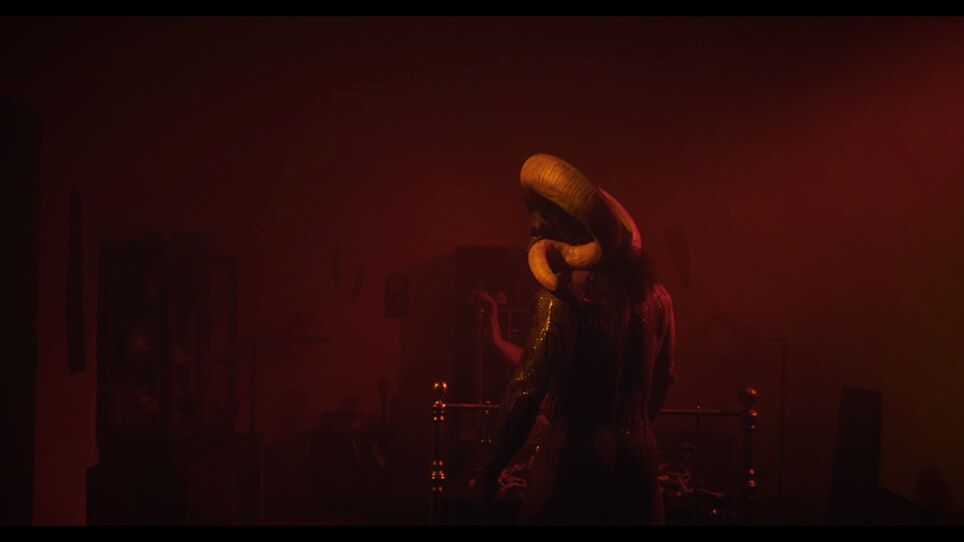
All the dream scenes were filmed off-kilter, successfully disorienting the viewer in a way reminiscent of David Lynch’s trippier work. Red was used liberally – perhaps too much at times – and persisted as a thematic clue throughout the film. Bloody tears and bull-like muscle men were frequent additions to the nightmares, as well as some seriously steamy sex.
Speaking of – don’t watch this with your parents. The sex scenes are long, and while you don’t actually see anything specific, there is no doubt about what they’re doing and you’re going to see most of it. When they aren’t going at it – no judgement, good for them – these attractive men who clearly work out spend a lot of time wandering around in tighty-whities and turtle-neck jumpers. You’re going to see a lot of package in this film – it’s undeniably homosexual, emphasis on the sexual, and filmed through a gay male lense. It’s perhaps one of the most compelling parts of the film.
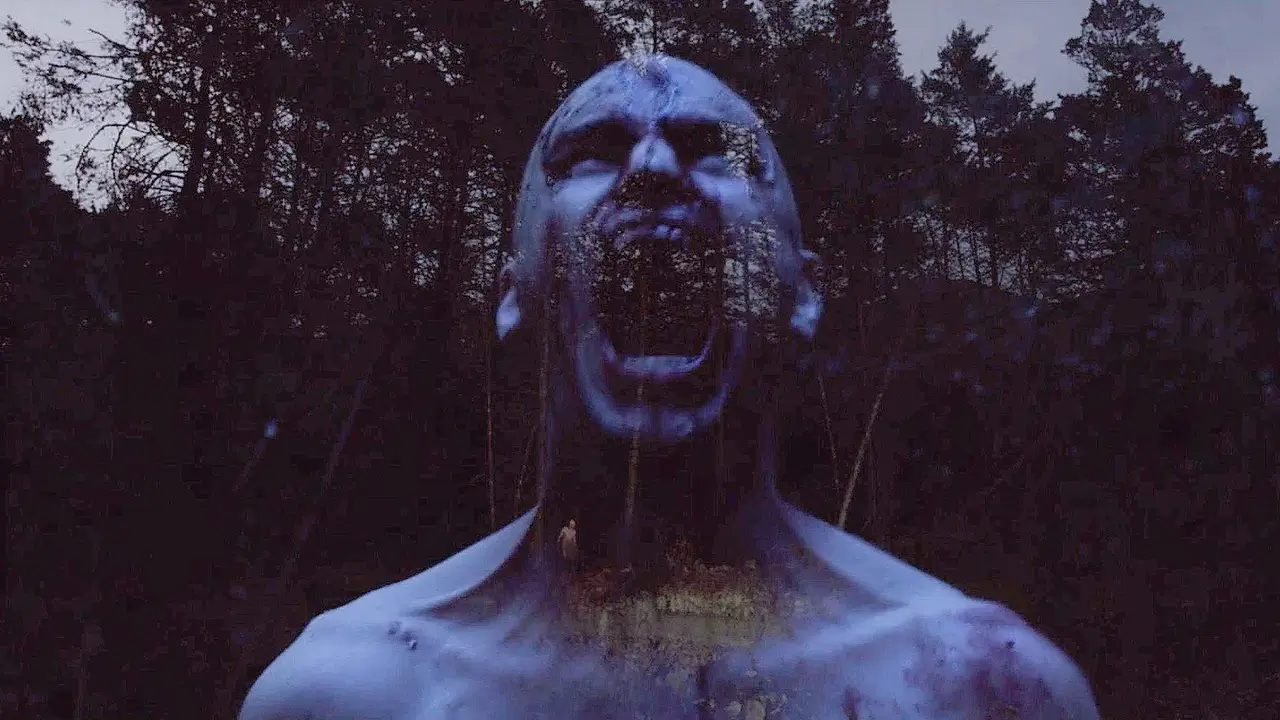
Blood-Red Ox attempts to capture the essence of classic psychological horror, but ultimately fails to deliver a satisfying ending, relying on the same “twist” three times – one which felt outdated at that, and a tad redundant regarding mental health issues, even if it was partially based on Bellott’s own experience dealing a partner’s mental health.
Ultimately it just wasn’t a horror – psychological thriller perhaps, but nothing about Blood-Red Ox was scary or horrific. Bellott clearly has a lot of potential and perhaps his work is better in a genre with which he’s more familiar, but aside from some interesting camera work it doesn’t quite live up to the likes of The Seventh Seal.
Blood-Red Ox is available on DVD and VOD as of 8th November 2022, distributed by Breaking Glass Pictures
More Film Reviews
Welcome to the second part of our list Celebrating The Best Hidden Gems of The Found Footage Horror Genre! We covered a lot of ground already, but have just as… “Czech Karel Kopfrkingl enjoys his job at a crematorium in the late 1930s. He likes reading the Tibetan book of the dead, and espouses the view that cremation relieves earthly… Cursed Land (in competition at the Dracula Film Fest under the name Cursed Land. Fate), was one of the best films I saw at that festival, a big surprise basically… The film It (2017) surprised me. In fact, I saw it five times due to how much I enjoyed it! Unlike a majority of modern horror films, it focused more… Konnichiwa! Dia Duit! Howya! Gather round children, it’s time for Straight Outta Kanto to tell you a ghost story… Koreatown Ghost Story to be precise. Written, directed and produced by… It feels like there is constant chatter online about the decline of the horror genre. Yet, for every hollow remake and safe studio engineered big-budget vehicle, there is a wealth…Celebrating The Best Hidden Gems of The Found Footage Horror Genre (Part 2)
The Cremator (1969) Film Review – Born Wicked
Cursed Land (2021) Film Review – A Haunting Family Portrait In The Vast Wilderness
It (2017) Film Review – Reboot of a Stephen King Classic
Koreatown Ghost Story (2021) Short Film Review
Coming Home in the Dark (2021) Film Review – A Night Drive Straight into Hell
Jenny is a creative copywriter living just outside of Liverpool who loves horror, board games, comics, video games and industrial metal.
